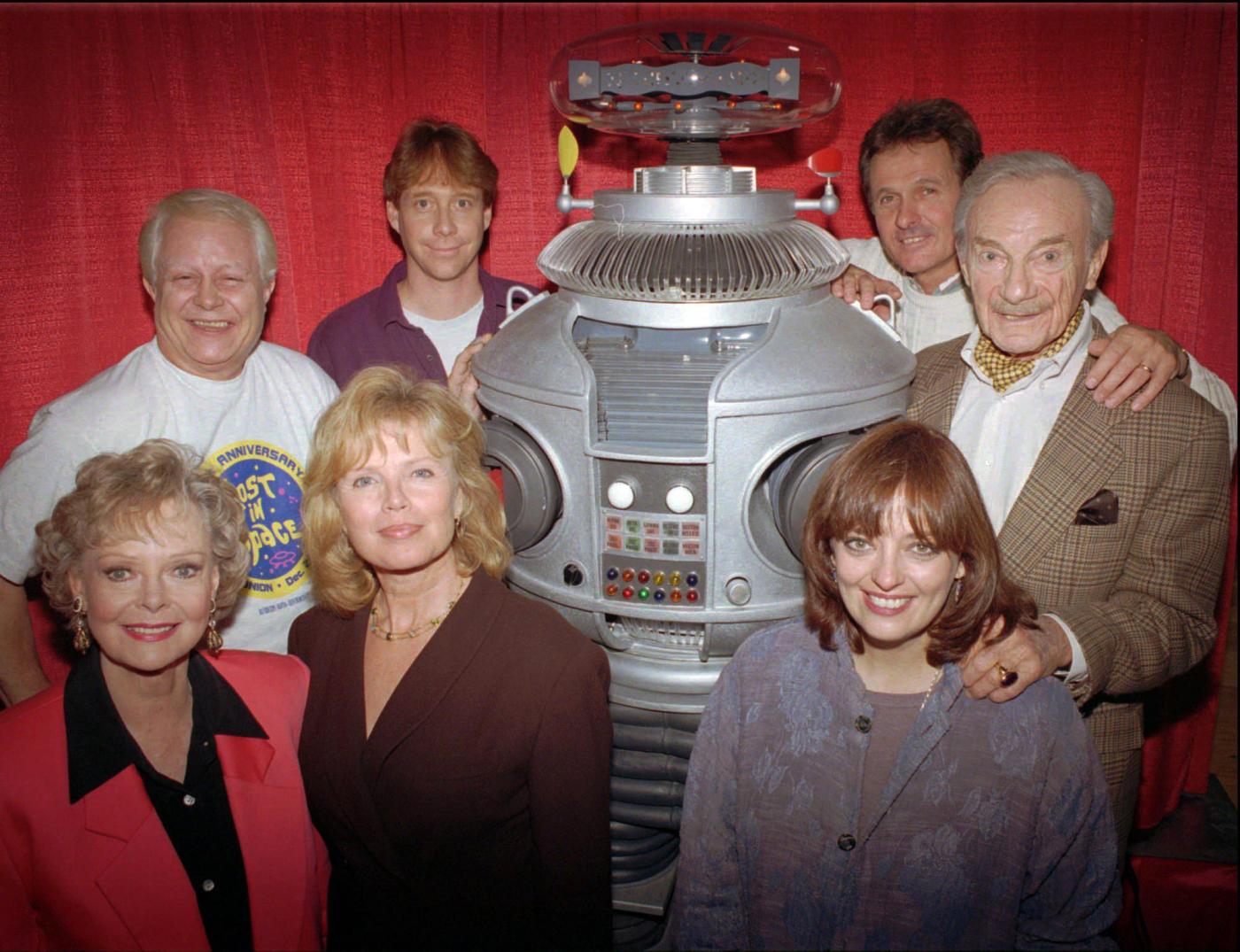On Tuesday, a bill that would make it faster and easier to build multifamily housing near public transit narrowly cleared the California State Senate.
SB 79, authored by Sen. Scott Wiener, now heads to the State Assembly, where supporters expect it will pass.
“If we’re going to invest, as we should, in better and better public transportation, let’s help it succeed,” Wiener, a San Francisco Democrat, said . “In cities with the most successful ridership, it’s because there’s a lot of housing near transit.”
In the Bay Area, the bill would allow six-story residential buildings to be built within a half-mile of all BART and Caltrain stops, and seven-story buildings to be built within a quarter-mile. Six stories is the height of a typical building in Paris.
The bill would also make any residential, commercial or mixed-use project on land owned by a public transit agency exempt from the California Environmental Quality Act (CEQA), which typically requires developers to submit lengthy environmental impact reports before they can get approval for a project.
Previous versions of the bill — like Wiener’s SB 827 in 2018, or SB 50 in 2020 — died amid opposition from advocates for local control, as well as progressive Democrats who worried that the bill would further displace low-income renters by not including stricter requirements for affordable housing.
This year’s bill included some major changes to appease suburban communities worried about greater density. For example, it includes an “opt-out” provision for local governments, such that they could create their own local “transit-oriented district alternative plan” that would allow cities to reduce the density of their transit-oriented districts by half of what’s stipulated in the bill.
The bill would also require that all new rental housing over 10 units make 5% of units available for very-low-income renters (up to 50% of the area median income), or 10% of units available for low-income renters (up to 80% of the area median income).
Still, the bill faced criticism from some progressive Democrats, including Sen. Aisha Wahab of Hayward, who called it a “handout to developers” because it does not include tenant displacement protections or union labor guarantees. She was one of the four Democrats who voted against the bill — a move that did not come as a surprise after she nearly killed the bill earlier this session.
“What we are missing here is the requirements that need to be in place to ensure that developers do right by the society that we live in and the society we want to create,” Wahab said, arguing that the bill should force developers to include more affordable housing.
But supporters of the bill say that increasing the supply of housing — even market-rate housing — is necessary to help ease housing costs around the state. The state estimates that California must build 2.5 million new homes by 2030 to keep up with demand, with a significant number designated for low-income households.
“We need every kind of housing in California,” Wiener said. “When we pit different housing against each other, it drags everything down.”
The vote was tense. In the first round, the bill was two votes short of the 21 it needed to clear the Senate. But in a second round of voting, Wiener picked up another vote, Sen. Melissa Hurtado, a Bakersfield Democrat.
After calling roll again, it seemed as if the bill still remained one vote short of passing. Still, Wiener asked for his colleagues’ names to be called one more time. At the last minute, Sen. Laura Richardson, a Democrat from Inglewood, cast her vote in support, giving the bill the 21 votes it needed to pass.
Sen. Dave Cortese, a Democrat representing Santa Clara County, did not record a vote.
The bill fueled contentious debate — even among those who voted in support.
Sen. Josh Becker of San Mateo County argued the state already asks cities to update their housing plans — known officially as housing elements — every eight years — which includes upzoning enough land to meet state housing goals. It is unfair, he said, that the state would now force them to upzone more areas. Still, he voted for the bill, saying he hoped it would spark a conversation around whether the state-mandated housing element process should be reformed.
Opponents of the bill argued that California’s public transit, which has struggled to recover from the COVID pandemic, isn’t robust enough to be a reliable commuting option for many households, and that many low-income people still rely on cars to get around when transit doesn’t connect them to their workplace.
“We are not London. We are not Zurich. We don’t have the transit infrastructure yet,” said Sen. Caroline Menjevar, a Democrat representing the San Fernando Valley in Southern California. “We shouldn’t put the carriage before the horse.”
Others argued that building more housing is exactly what’s needed to support more robust transit.
“If the public is going to make investments and put our limited money in transit, then we need to back it up with the housing that is going to make it successful,” said Sen. Christopher Cabaldon, a Yolo County Democrat.
Related Articles
Plan to raise $500 million in annual sales taxes for beleaguered Bay Area transit advances in Legislature
How home lenders are impeding Californians from rebuilding fire-torn L.A.
What does the future hold for the California Democratic Party?
‘Modest’ psychedelic research bill dies in California Senate committee
They said it: Putting the brakes on classic car smog-check breaks
SB 79 builds upon Buffy Wicks’ AB 2011, passed in 2022, which made it possible to build housing on most land zoned for commercial use. That law also streamlined the approvals process for housing on these parcels, so long as they included a certain amount of affordable housing and paid construction workers prevailing wages.
“The Bay Area Council is thrilled SB 79 passed,” said Louis Mirante, housing policy director of the Bay Area Council, which co-sponsored the bill. “Finally there might be some rain on the horizon for the immense housing drought the Bay Area has been in for so long.”





